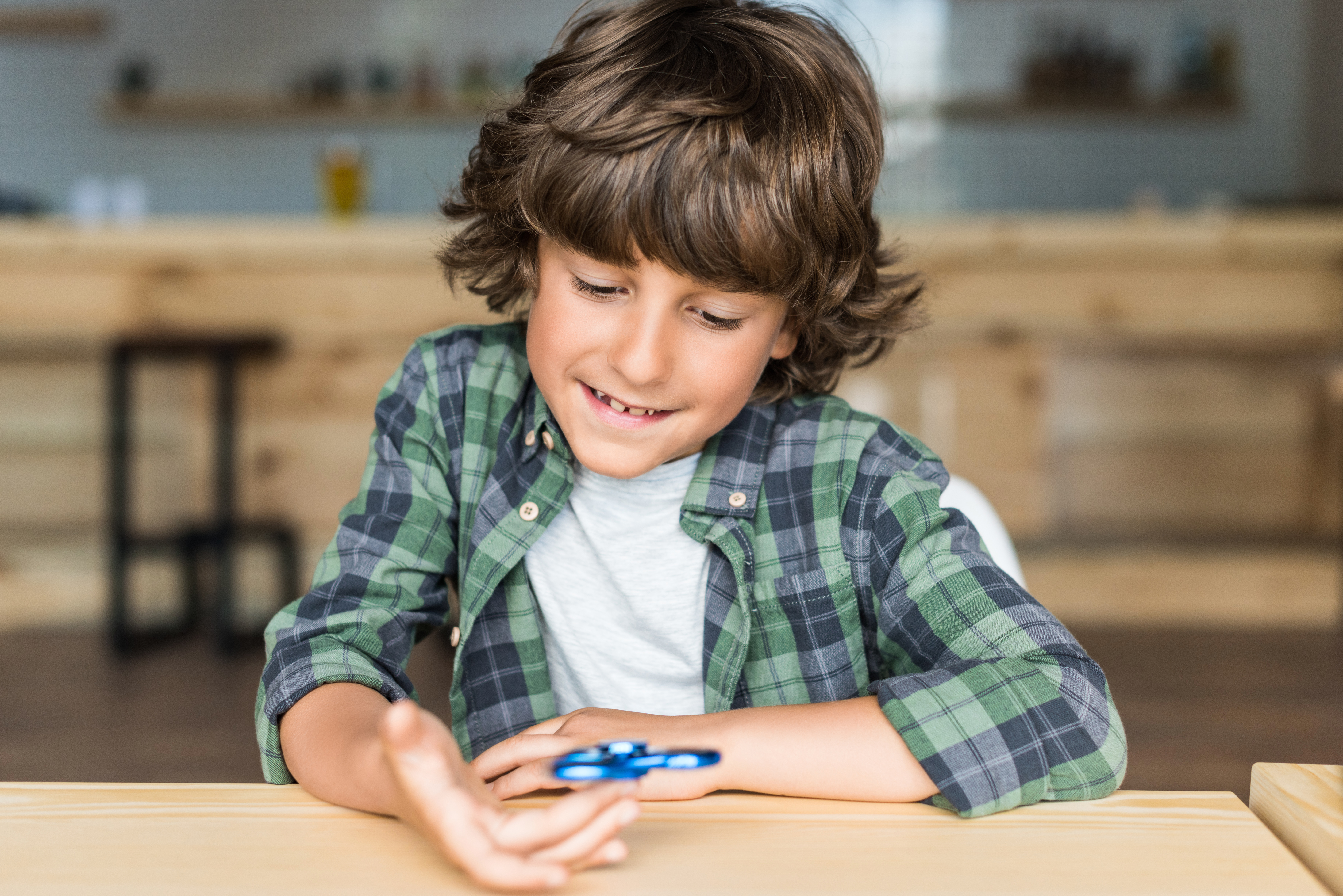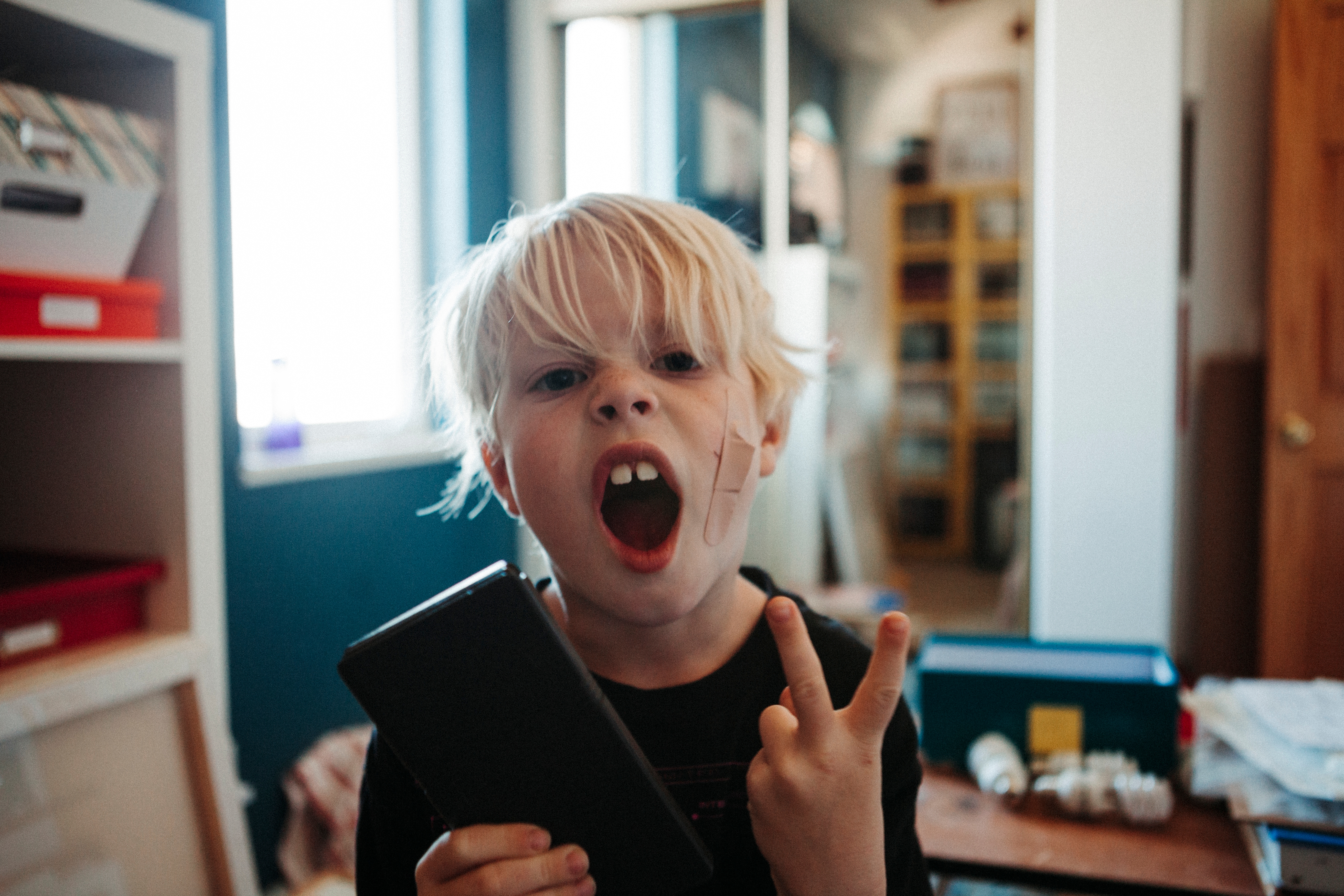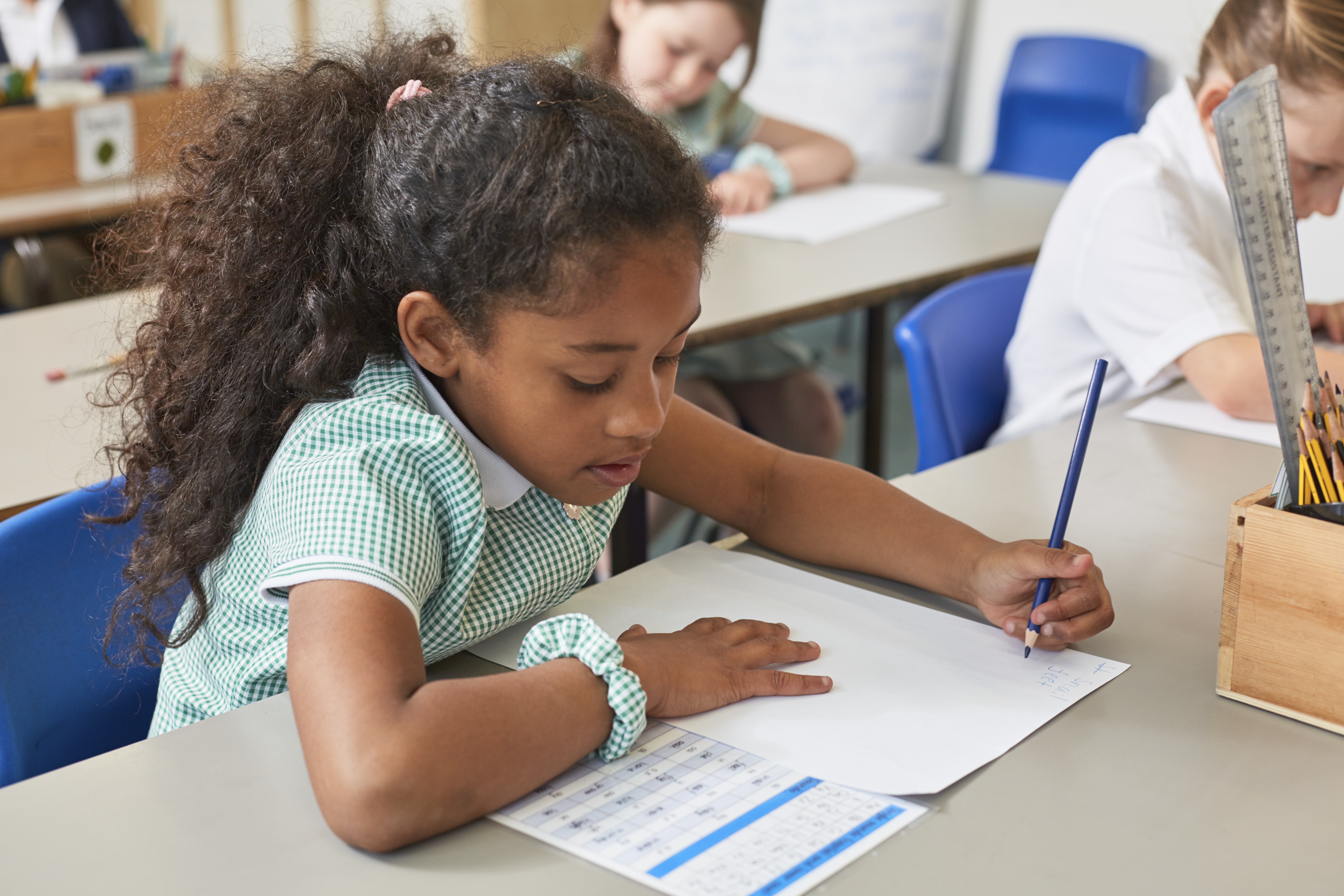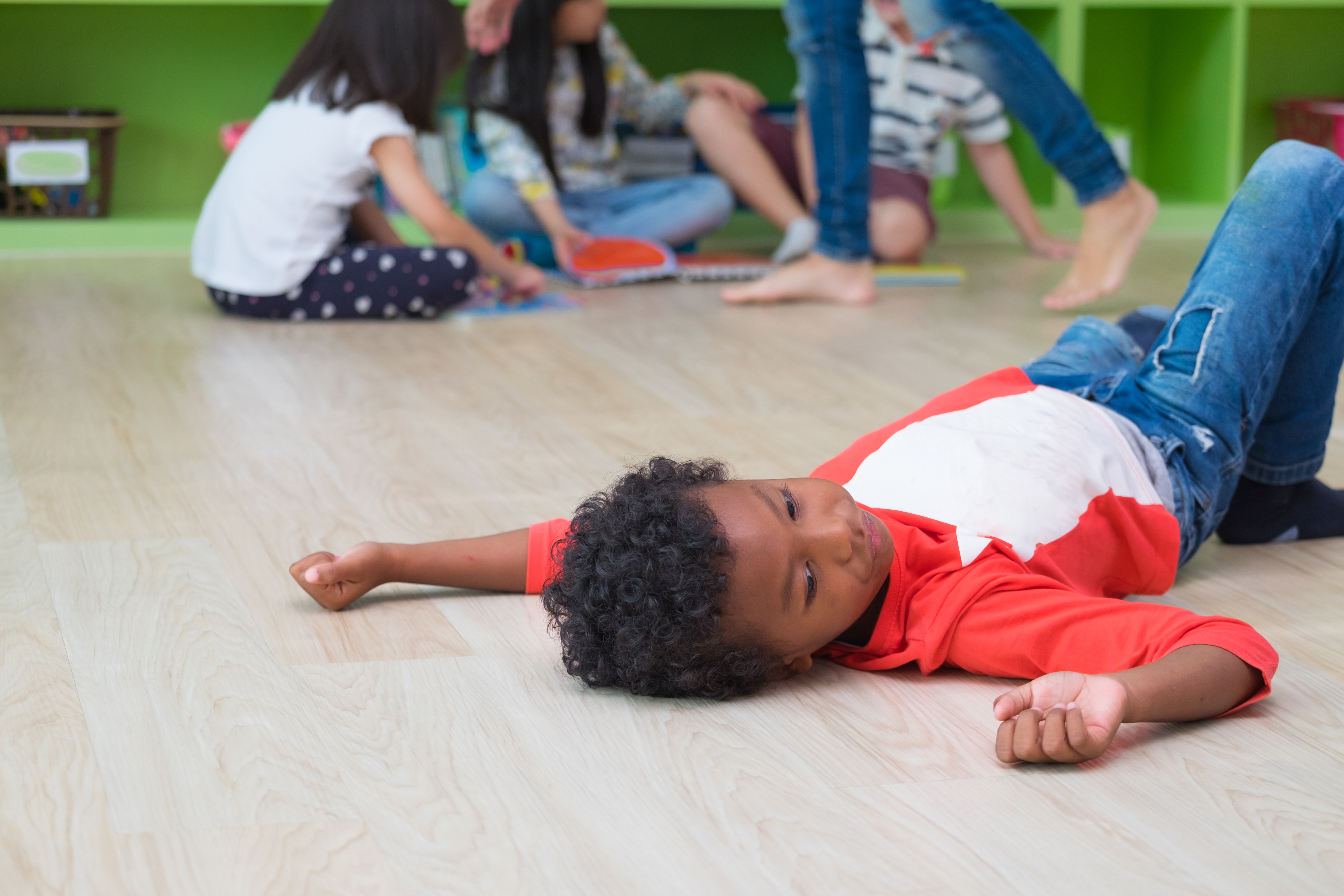10 Signs Your Child Is Hyperactive and Ways to Channel Their Energy
Hyperactivity is a term often used to describe children who seem to be in constant motion, unable to sit still or focus on a single task for long periods. This behavior can be both challenging and concerning for parents and educators alike. However, understanding hyperactivity is crucial to addressing it effectively. Hyperactivity is not merely a behavioral issue; it can be indicative of underlying neurological conditions such as Attention Deficit Hyperactivity Disorder (ADHD). Recognizing the signs early on can help in managing these behaviors constructively, ensuring that the child’s energy is channeled into positive outcomes. This article explores the top 10 signs of hyperactivity in children and provides practical strategies to harness this energy in constructive ways. Children are naturally energetic, but hyperactivity goes beyond the typical bounds of childhood exuberance. It involves a level of activity and impulsivity that can interfere with a child's ability to function effectively at home, in school, and in social settings. It's important to differentiate between normal energy levels and hyperactivity to avoid unnecessary labeling.
Sign One: Constant Fidgeting and Inability to Stay Seated

One of the most noticeable signs of hyperactivity in children is constant fidgeting and an inability to remain seated for extended periods. This behavior is often observed in classroom settings where children are expected to sit still and pay attention for long durations. Hyperactive children may frequently shift in their seats, tap their feet, or play with objects on their desks. This restlessness can be disruptive, not only for the child but also for their peers and teachers. Understanding the root cause of this behavior is essential. Hyperactive children often have an excess of energy that they struggle to control. This can be due to neurological differences that make it difficult for them to regulate their movements. Instead of viewing this as purely negative behavior, it's important to find ways to channel this energy positively. Encouraging short physical breaks, incorporating movement-based learning activities, or providing fidget tools can help these children focus better. By addressing the need for movement, we can create an environment that supports their learning and development.
Sign Two: Difficulty in Playing Quietly

Children with hyperactivity often struggle with playing quietly. They may have loud outbursts during playtime or find it challenging to engage in activities that require a calm demeanor. This behavior can be frustrating for parents and caregivers who may find it difficult to manage the noise levels or direct the child's focus to quieter activities. However, this sign is a clear indicator of the child's need for stimulation and engagement. To effectively manage this behavior, it's important to provide structured play that allows for both active and quiet periods. Introducing games that require concentration, like puzzles or building blocks, can help train the child to enjoy quieter activities. Additionally, setting clear expectations and boundaries around noise levels and play can aid in teaching self-regulation. It's also beneficial to involve the child in creating a balanced play schedule, incorporating their interests to ensure they are engaged and motivated to participate in quieter activities.
Sign Three: Impulsive Behavior and Lack of Patience

Impulsivity is a hallmark of hyperactivity, where children act without thinking about the consequences. This can manifest as interrupting conversations, blurting out answers in class, or difficulty waiting their turn during games. Such behavior can lead to social challenges, as peers may find it difficult to interact with someone who doesn't adhere to social norms. It's crucial to address impulsivity to help children develop better interpersonal skills. Teaching impulse control is a gradual process that requires patience and consistency. One effective method is to use role-playing scenarios to teach children about the importance of listening and waiting for their turn. Reinforcing positive behavior with praise and rewards can also encourage children to practice patience. Additionally, mindfulness exercises, such as deep breathing or counting exercises, can help children develop self-control. By focusing on these strategies, we can help children learn to manage their impulses, leading to better social interactions and emotional regulation.
Sign Four: Excessive Talking and Interrupting

Excessive talking and interrupting are common signs of hyperactivity. Children may dominate conversations, struggle to listen, or frequently interrupt others. This behavior can be overwhelming for those around them and may lead to misunderstandings or conflicts. It is essential to address this sign to help children develop effective communication skills and foster positive relationships. To manage excessive talking and interrupting, it's important to teach children about the importance of active listening. Encouraging them to pause and think before speaking can help them learn to take turns in conversations. Setting up practice sessions where they can role-play conversations can be beneficial. Additionally, using visual cues or signals can remind children to wait for their turn to speak. By teaching these skills, we can help children become better communicators and improve their social interactions.
Sign Five: Difficulty Following Instructions

Children with hyperactivity may struggle to follow instructions, particularly if they are complex or involve multiple steps. This difficulty can lead to frustration for both the child and those providing guidance. It's important to recognize that this challenge is often linked to issues with attention and memory, common in hyperactive children. To help children follow instructions more effectively, it's beneficial to break down tasks into smaller, manageable steps. Providing visual aids, such as charts or checklists, can also support their understanding and retention of instructions. Additionally, using clear and concise language can aid in reducing confusion. Encouraging children to repeat instructions back to ensure comprehension can also be a helpful strategy. By implementing these techniques, we can assist children in developing the skills needed to follow instructions and complete tasks successfully.
Sign Six: Poor Time Management Skills

Hyperactive children often exhibit poor time management skills, struggling to complete tasks within given time frames. This can result in unfinished homework, tardiness, or difficulty transitioning between activities. Understanding that these challenges are linked to their hyperactivity is crucial in providing effective support. Teaching time management is an essential skill that can be developed through practice and consistency. Introducing the use of timers or clocks can help children become more aware of time and its passing. Setting clear, achievable deadlines and breaking tasks into smaller segments can also aid in managing time effectively. Additionally, creating a structured routine with regular schedules can provide the consistency needed for children to develop better time management skills. By focusing on these strategies, we can help children improve their ability to manage time and complete tasks efficiently.
Sign Seven: Emotional Outbursts and Sensitivity

Children with hyperactivity may experience emotional outbursts and heightened sensitivity. They might have difficulty managing emotions, leading to sudden tantrums or crying spells. This behavior can be challenging for both the child and those around them, as it can disrupt daily activities and relationships. Supporting children in managing their emotions involves teaching them emotional regulation skills. Encouraging them to identify and express their emotions verbally can help them process feelings more effectively. Introducing coping strategies, such as deep breathing or calming techniques, can also aid in managing emotional responses. Providing a supportive environment where children feel safe to express their emotions is crucial. By focusing on these strategies, we can help children develop better emotional regulation and improve their overall well-being.
Sign Eight: Difficulty in Completing Tasks

Hyperactive children often have difficulty completing tasks, especially those that require sustained attention or concentration. This can lead to unfinished projects, incomplete homework, or a lack of follow-through on commitments. Understanding that this behavior is linked to their hyperactivity can help in providing effective support. To assist children in completing tasks, it's important to create a structured environment that minimizes distractions. Breaking tasks into smaller, manageable steps and providing regular breaks can help maintain focus. Using visual aids, such as charts or lists, can also support task completion. Additionally, setting clear goals and providing positive reinforcement for completed tasks can motivate children to stay on track. By implementing these strategies, we can help children develop the skills needed to complete tasks successfully.
Sign Nine: Challenges with Social Interactions

Children with hyperactivity may face challenges in social interactions, struggling to make and maintain friendships. They may have difficulty reading social cues, leading to misunderstandings or conflicts with peers. Addressing these challenges is crucial in helping children develop positive relationships and social skills. To support children in improving social interactions, it's important to teach them about empathy and understanding others' perspectives. Role-playing scenarios can help them practice social skills and learn how to respond appropriately in different situations. Encouraging participation in group activities or team sports can also provide opportunities for social development. Additionally, providing feedback and guidance on social interactions can help children learn from experiences and improve their skills. By focusing on these strategies, we can help children develop better social interactions and build meaningful relationships.
Sign Ten: Restlessness During Sleep and Difficulty Winding Down

Hyperactive children often struggle not just during the day, but at night as well. Many experience difficulty falling asleep, frequently tossing and turning, or waking up multiple times throughout the night. Their minds seem unable to switch off, leading to restlessness, vivid dreams, or even night terrors. This lack of quality sleep can contribute to increased hyperactivity, difficulty concentrating, and emotional sensitivity the next day, creating a frustrating cycle for both children and parents. One reason for this restless energy at bedtime is that hyperactive children often have trouble regulating stimulation levels. Their brains remain highly active, making it hard to settle into a state of relaxation. To help, establish a calming nighttime routine—this may include reducing screen time before bed, incorporating relaxation techniques like deep breathing or bedtime stories, and ensuring a consistent sleep schedule. By addressing nighttime hyperactivity, parents can help improve their child’s overall behavior, focus, and emotional balance during the day.
Constructively Channeling Hyperactivity

Understanding and managing hyperactivity in children is a multifaceted process that requires patience, consistency, and empathy. By recognizing the signs of hyperactivity, such as constant fidgeting, impulsive behavior, and difficulty with social interactions, we can provide targeted support and interventions that address the child's unique needs. It's important to view hyperactivity not as a deficit but as an opportunity to channel energy into positive endeavors. By implementing strategies such as structured routines, clear communication, and positive reinforcement, we can help children develop essential skills that improve their focus, emotional regulation, and social interactions. Encouraging activities that align with their interests can also provide an outlet for their energy, promoting creativity and learning. Ultimately, by understanding and addressing hyperactivity constructively, we can support children in reaching their full potential, ensuring they thrive in various aspects of their lives.
